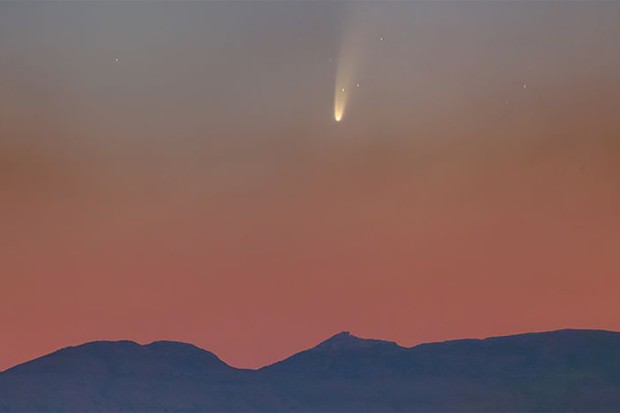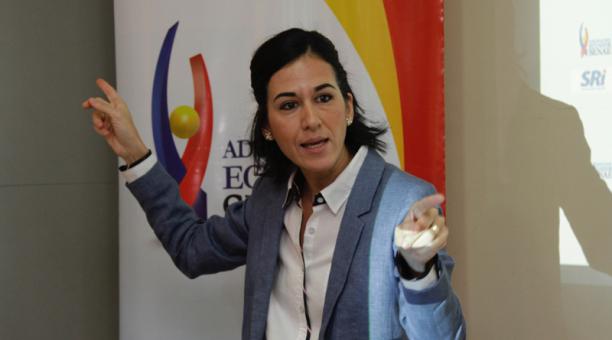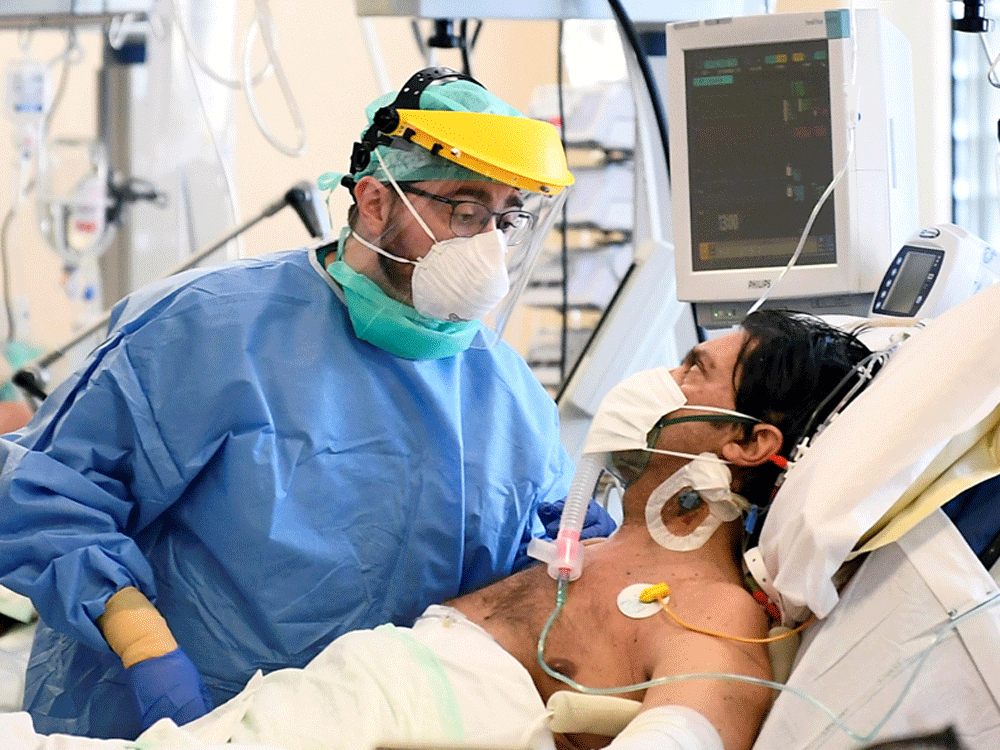After almost seven millennia, a comet that we will be able to see with the naked eye has returned to our solar system. When it last came this way, humans were still living in the Stone Age, agriculture had just begun, and it would be a thousand year before the Sumerians invented writing.
The comet was recently discovered, in March 2020, using NASA’s Neowise Space Telescope. And that’s where its name—Neowise—came from.
The director of the Quito Astronomical Observatory, Ericson López, explains that the comet C/2020 F3 Neowise, is gigantic, because although its nucleus is only five kilometers in diameter, it has a “head of hair and a tail” of almost a million kilometers. The hair and tail are formed because as the comet approaches the sun, heat causes gas and other frozen materials to escape from its core.
The comet also becomes bright and visible due to its proximity to the solar star. In our latitude, the comet can be observed with the naked eye or with the help of simple binoculars. Though it is visible now, Ecuadorians will be able to see it in its entirety from July 23rd—when it makes its closest approach to the Earth—until about the first of August. It will remain partially visible until about August 10, 2020.
Lopez explained that the comet is located in the constellation of Ursa Major. This means that to look at it we have to look north, and then from there we have to turn 20 degrees to our left in a westward direction.
The comet will be visible at a low altitude in the sky, about 30 degrees above the horizon. Of course, you’ll need a clear sky for observing the comet. The best time to look for it will be between 19:15 and 20:00; it will stay visible until about 22:30.
The Quito Astronomical Observatory will hold a virtual public conference for all those interested, on July 23 starting at 5:00 pm, through Facebook Live. The observatory will also direct its telescopes toward the comet that day. This observation will be transmitted via streaming throughout the country.
Comet C / 2020 F3 Neowise is made of rock, dust, and gases like CO2 and methane, all frozen. It will pass at a distance of 103 million kilometers from Earth, that is, 270 times the length that exists between Earth and Moon.








0 Comments